Table of Contents
Exploring the diverse and historic landscapes of Iraq begins with a detailed map. Whether you’re a traveler planning your journey, a student studying its geography, or simply curious about this key Middle Eastern country, our comprehensive guide to the Iraq map offers essential insights into its regions, cities, and physical features.
With its rich history and diverse geography, Iraq offers much to explore. From bustling cities to serene landscapes, understanding the map of Iraq is your first step to discovering this unique country. Use our guide and recommended resources to plan your journey safely and enjoyably.
10 biggest cities in Iraq
| Rank | City Name | Year of Foundation | Approximate Population | Region |
|---|---|---|---|---|
| 1 | Baghdad | 762 AD | 7.6 million | Baghdad Province |
| 2 | Mosul | Before 600 BC | 1.8 million | Nineveh Province |
| 3 | Basra | 636 AD | 2.1 million | Basra Province |
| 4 | Erbil | Before 2300 BC | 1.5 million | Erbil Province |
| 5 | Sulaymaniyah | 1784 AD | 1.6 million | Sulaymaniyah Province |
| 6 | Kirkuk | Before 3000 BC | 1 million | Kirkuk Province |
| 7 | Najaf | Unknown | 1.3 million | Najaf Province |
| 8 | Karbala | Unknown | 1.2 million | Karbala Province |
| 9 | Duhok | Unknown | 1.1 million | Duhok Province |
| 10 | Ramadi | Unknown | 0.9 million | Anbar Province |
Iraq Map of Iraq Cities
Iraq Map
Iraq cities are very beautiful, because the country is steeped in ancient history and rich cultural heritage, is located in the heart of the Middle East. From the cradle of civilization to the modern bustling cities, Iraq offers a tapestry of experiences for travelers seeking to explore its diverse landscapes, archaeological treasures, and vibrant culture. Let’s learn a bit more about the major cities in Iraq.
- Year of Foundation: 762 AD
- Approximate Population: 7.6 million
- Region: Baghdad Province
Baghdad
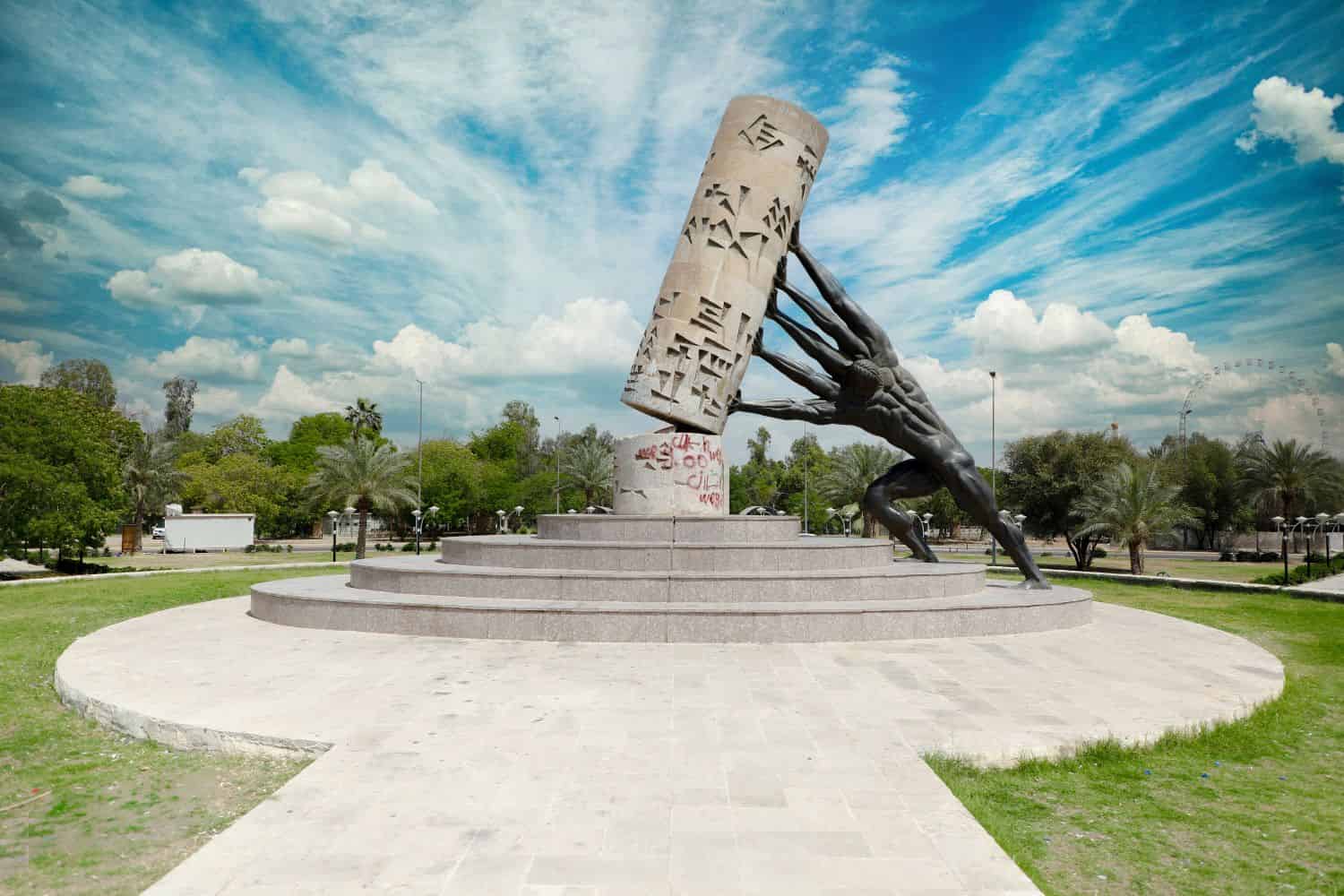
Historical Significance:
- Founded during the Abbasid Caliphate, Baghdad was once the center of the Islamic world and a thriving hub of culture, science, and commerce.
- Home to iconic landmarks such as the Abbasid Palace and the Al-Mustansiriya School, which remain testaments to its illustrious past.
Must-Visit Attractions:
- Explore the historic Al-Mutanabbi Street, known for its vibrant book market and cultural heritage.
- Visit the iconic Al-Shaheed Monument, dedicated to Iraqi martyrs and offering panoramic views of the city.
Interesting Fact:
- Baghdad’s name is derived from the Persian word “Bagh,” meaning garden, reflecting its lush surroundings in ancient times.
Mosul
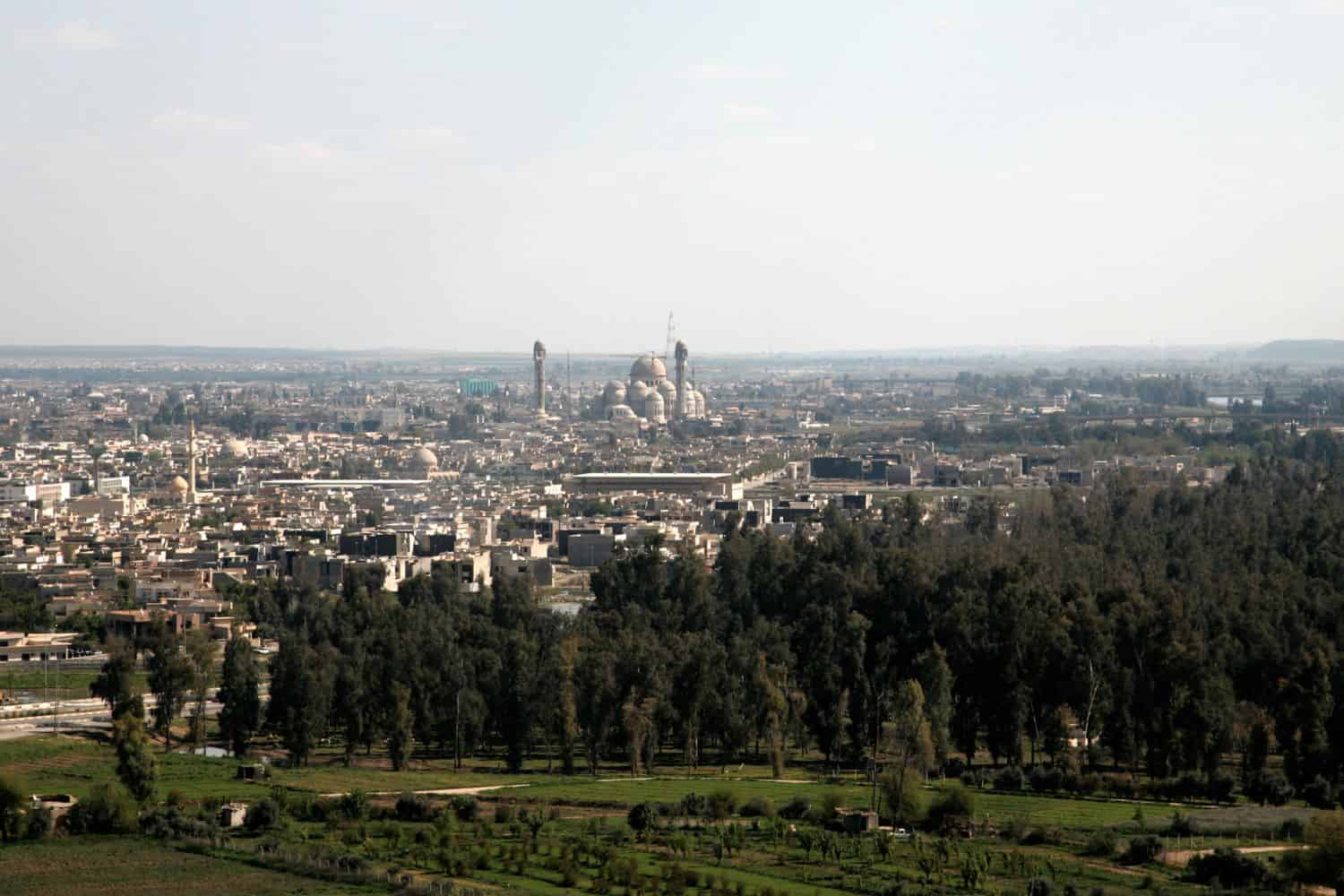
- Year of Foundation: Before 600 BC
- Approximate Population: 1.8 million
- Region: Nineveh Province
Historical Significance:
- Ancient Mosul, known as Nineveh, was once one of the greatest cities of the ancient world and a center of Assyrian civilization.
- The city’s rich history includes its role as a significant trade and cultural center along the Silk Road.
Must-Visit Attractions:
- Explore the ruins of the ancient city of Nineveh, including the imposing walls and gates that once protected it.
- Visit the Mosul Museum, renowned for its collection of artifacts spanning thousands of years of history.
Interesting Fact:
- Mosul’s Old City is home to the historic Great Mosque of al-Nuri, famous for its distinctive leaning minaret, known as the “Hunchback.”
Basra
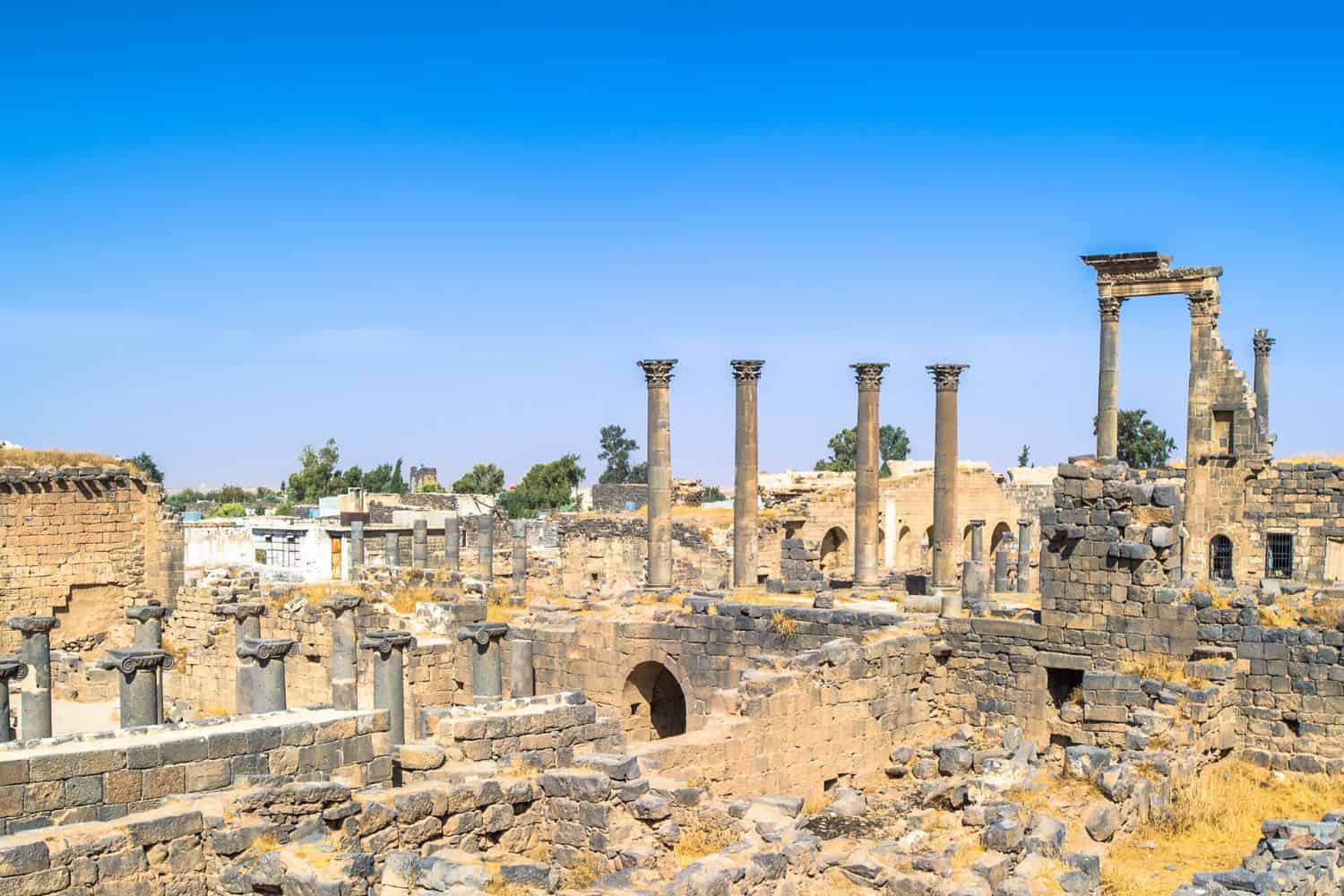
- Year of Foundation: 636 AD
- Approximate Population: 2.1 million
- Region: Basra Province
Historical Significance:
- Basra, founded during the Islamic conquest of Persia, quickly became a vital port city and center of trade in the region.
- The city played a significant role in Islamic history, serving as a hub for the transmission of knowledge and culture.
Must-Visit Attractions:
- Explore the historic Basra Corniche, offering picturesque views of the Shatt al-Arab waterway and bustling maritime activity.
- Visit the Basra Museum, showcasing artifacts that highlight the city’s rich history and maritime heritage.
Interesting Fact:
- Basra’s nickname, “Venice of the East,” stems from its intricate network of canals and waterways, reminiscent of the Italian city.
Erbil
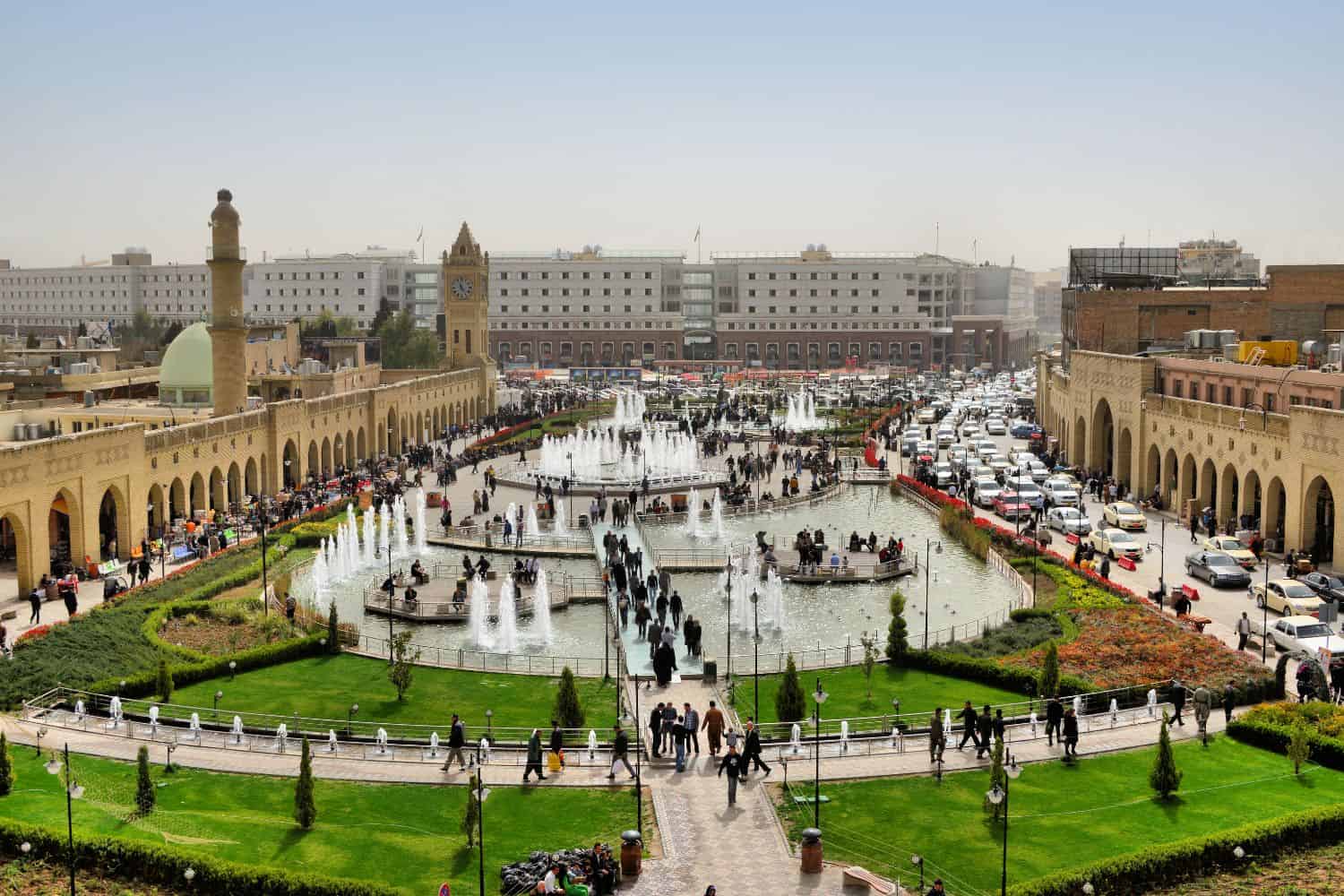
- Year of Foundation: Before 2300 BC
- Approximate Population: 1.5 million
- Region: Erbil Province
Historical Significance:
- Erbil, one of the oldest continuously inhabited cities in the world, boasts a history dating back to ancient Mesopotamia.
- The city served as a prominent center of trade and culture, witnessing the rise and fall of various civilizations.
Must-Visit Attractions:
- Explore the ancient Citadel of Erbil, a UNESCO World Heritage Site and symbol of the city’s enduring history.
- Visit the Kurdish Textile Museum to learn about the region’s rich textile traditions and craftsmanship.
Interesting Fact:
- Erbil’s Citadel is believed to be one of the longest continuously inhabited urban areas in the world, with evidence of settlement dating back over 6,000 years.
Sulaymaniyah
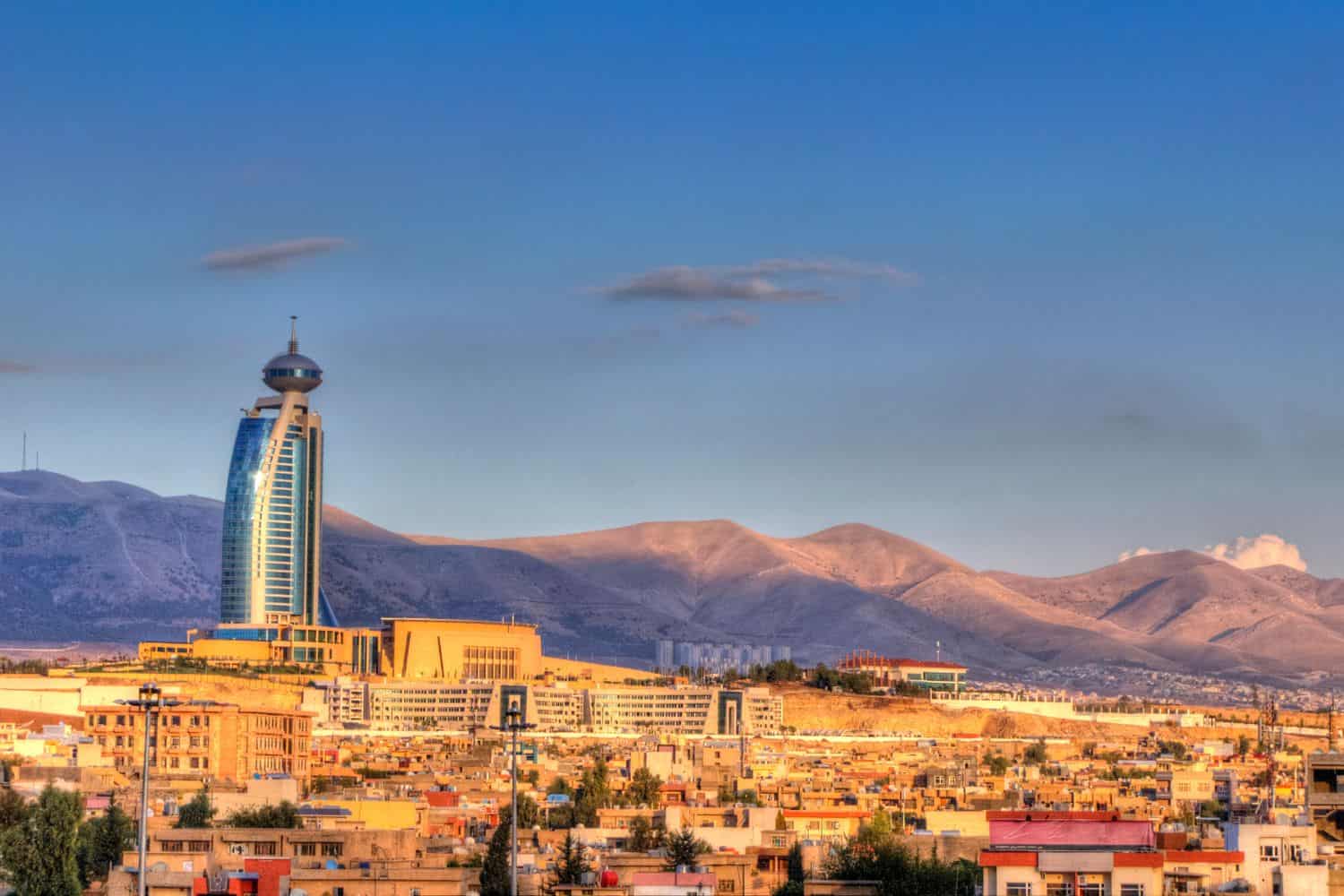
- Year of Foundation: 1784 AD
- Approximate Population: 1.6 million
- Region: Sulaymaniyah Province
Historical Significance:
- Sulaymaniyah, founded in the late 18th century, emerged as a cultural and intellectual center in Kurdistan.
- The city played a pivotal role in Kurdish history and the struggle for autonomy and cultural preservation.
Must-Visit Attractions:
- Explore the bustling bazaars of Sulaymaniyah, offering a vibrant mix of traditional crafts, spices, and local delicacies.
- Visit the Sulaymaniyah Museum, housing a diverse collection of artifacts that showcase the region’s rich history and heritage.
Interesting Fact:
- Sulaymaniyah is home to the Azadi Park, a popular recreational area where locals gather for picnics, concerts, and cultural events.
Kirkuk
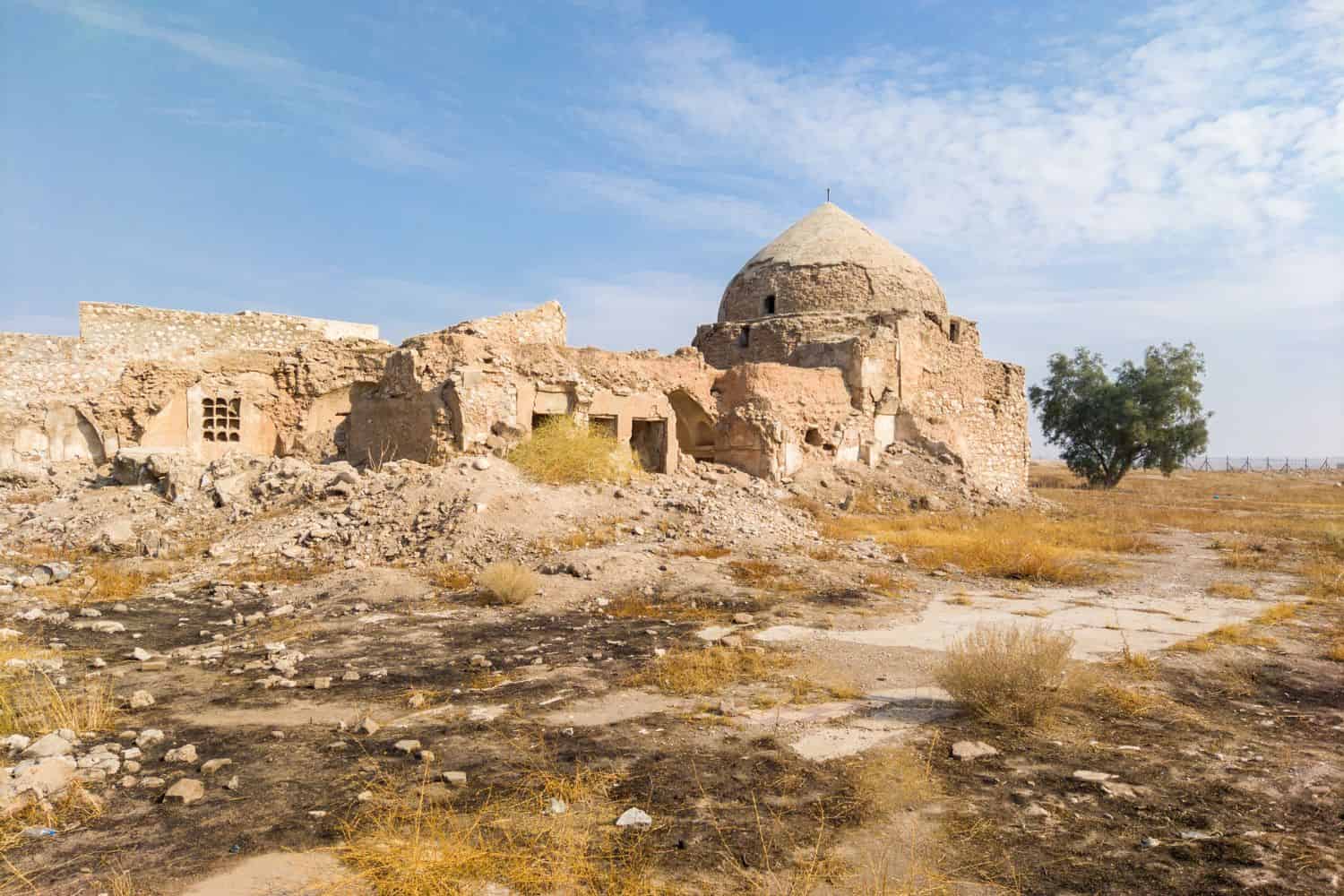
- Year of Foundation: Before 3000 BC
- Approximate Population: 1 million
- Region: Kirkuk Province
Historical Significance:
- Kirkuk, with roots dating back to ancient Mesopotamia, has been inhabited by various civilizations throughout history.
- The city’s strategic location has made it a center of trade, culture, and ethnic diversity for millennia.
Must-Visit Attractions:
- Explore the historic Kirkuk Citadel, an ancient fortress that has stood for centuries and offers panoramic views of the city.
- Visit the Kirkuk Museum, home to a remarkable collection of artifacts spanning thousands of years of history.
Interesting Fact:
- Kirkuk is often referred to as the “City of Oil” due to its vast reserves of petroleum, which have played a significant role in the region’s economy and geopolitics.
Najaf
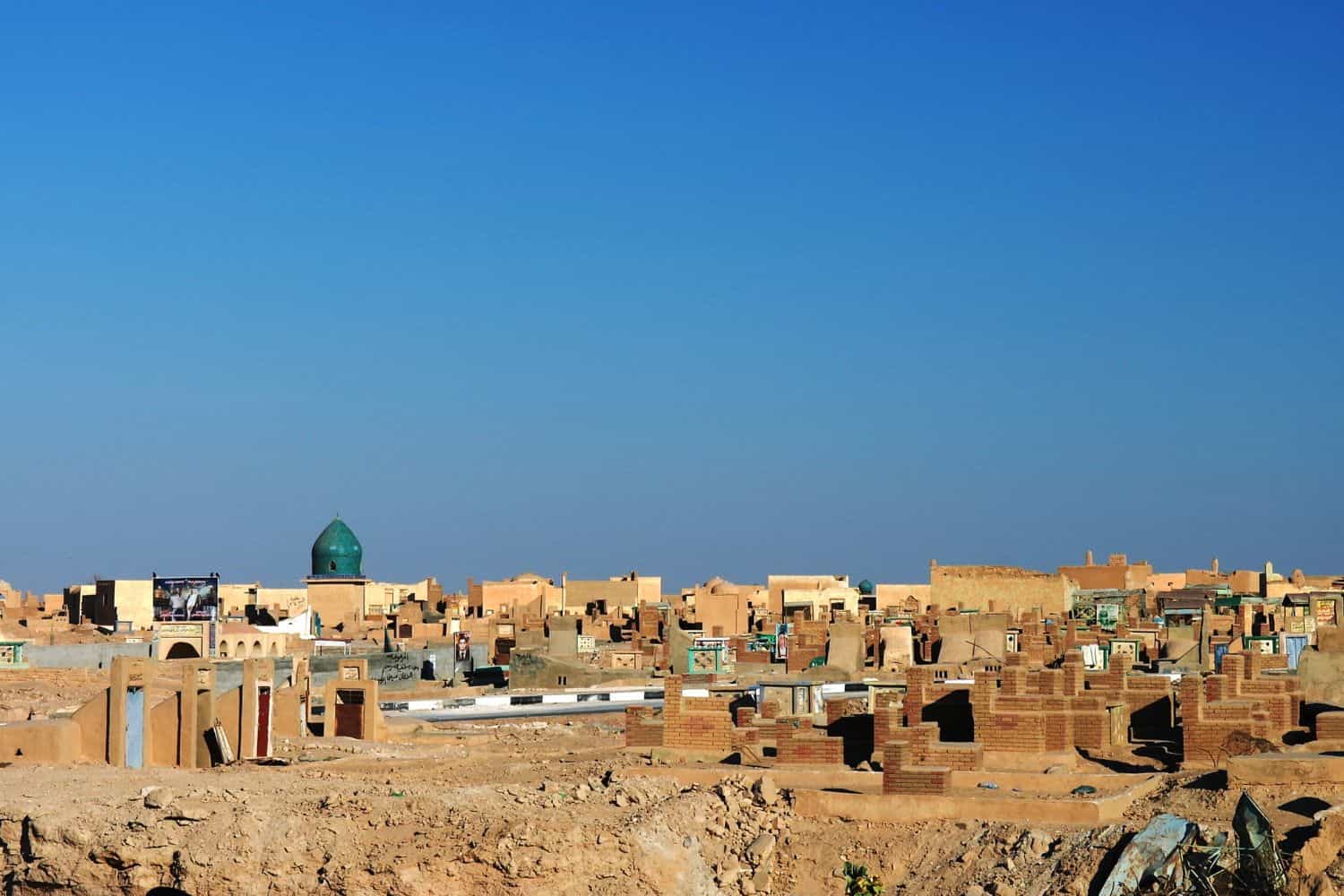
- Year of Foundation: Unknown
- Approximate Population: 1.3 million
- Region: Najaf Province
Historical Significance:
- Najaf is one of the holiest cities in Shia Islam, revered for its sacred sites and theological significance.
- The city is home to the Imam Ali Shrine, the resting place of Imam Ali ibn Abi Talib, one of the most revered figures in Islam.
Must-Visit Attractions:
- Pay homage at the Imam Ali Shrine, a magnificent architectural marvel and a pilgrimage site for millions of Shia Muslims.
- Explore the historic Najaf Cemetery, one of the largest cemeteries in the world and the final resting place of numerous religious figures and scholars.
Interesting Fact:
- Najaf’s golden dome of the Imam Ali Shrine is one of the most recognizable landmarks in Iraq and a symbol of spiritual devotion for Shia Muslims worldwide.
Karbala
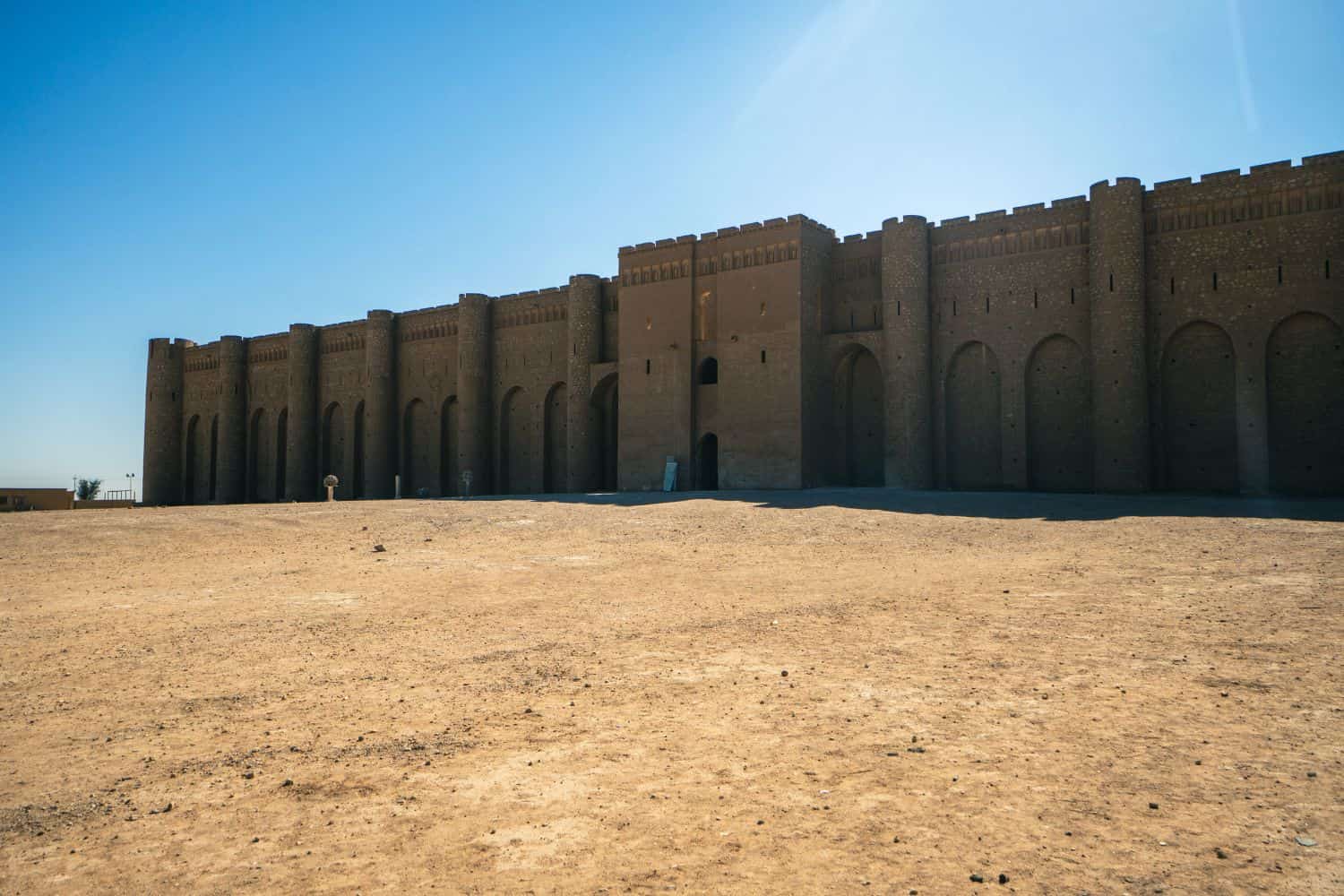
- Year of Foundation: Unknown
- Approximate Population: 1.2 million
- Region: Karbala Province
Historical Significance:
- Karbala is renowned as the site of the Battle of Karbala in 680 AD, a pivotal event in Islamic history that led to the martyrdom of Imam Hussein, the grandson of Prophet Muhammad.
- The city holds immense religious significance for Shia Muslims and is a destination for pilgrims from around the world.
Must-Visit Attractions:
- Visit the Imam Hussein Shrine, one of the holiest sites in Shia Islam and a place of reverence and reflection.
- Explore the historic streets of Old Karbala, lined with traditional architecture and bustling markets.
Interesting Fact:
- Karbala’s annual Arba’een pilgrimage, commemorating the 40th day after Imam Hussein’s martyrdom, is one of the largest religious gatherings in the world, drawing millions of pilgrims each year.
Duhok
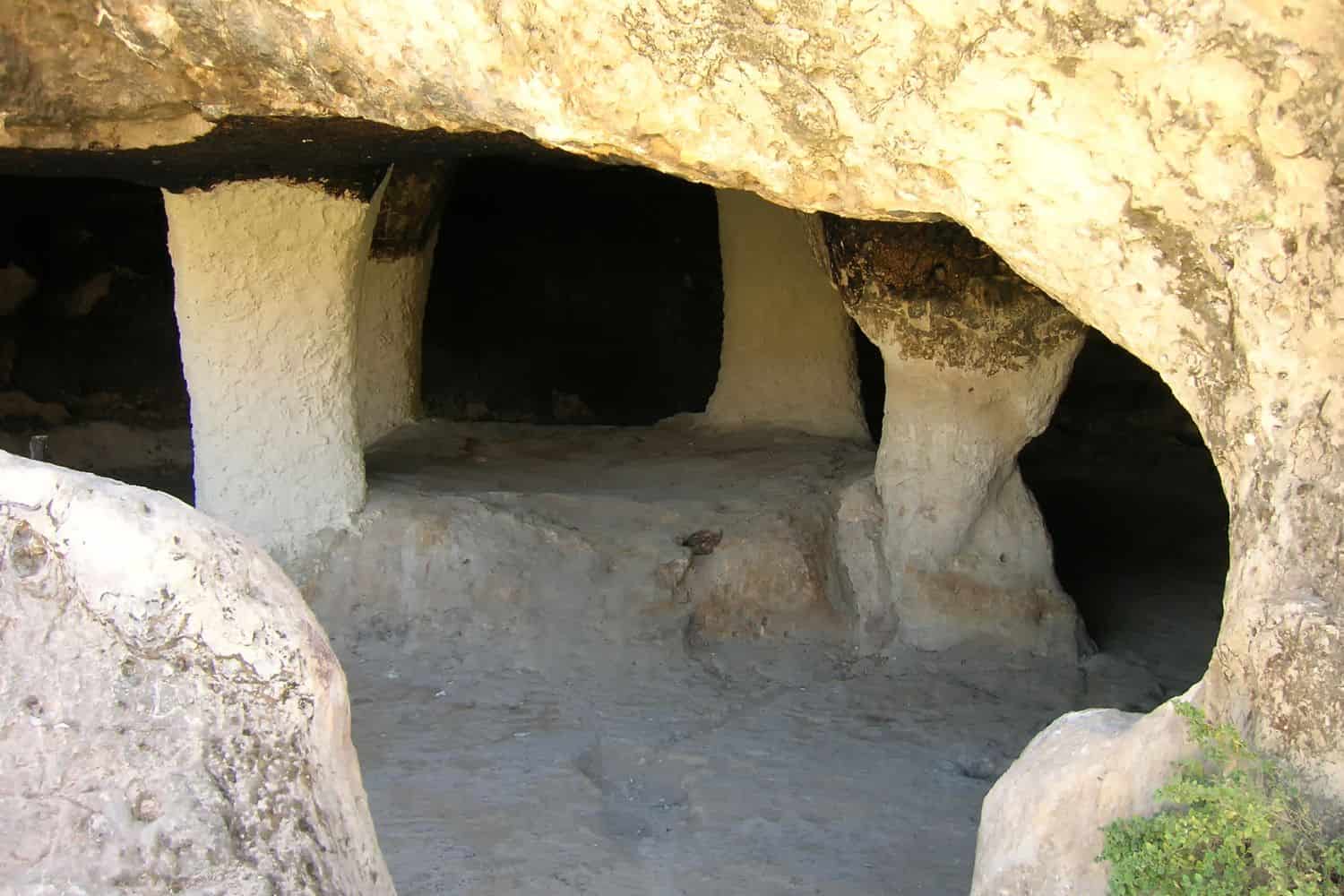
- Year of Foundation: Unknown
- Approximate Population: 1.1 million
- Region: Duhok Province
Historical Significance:
- Duhok is situated in the heart of the Kurdish region of Iraq, known for its scenic beauty and cultural heritage.
- The city has a rich history intertwined with the Kurdish struggle for autonomy and cultural identity.
Must-Visit Attractions:
- Explore the stunning landscapes of Duhok, including the picturesque mountains and valleys that surround the city.
- Visit the Duhok Dam, an impressive engineering feat that provides hydroelectric power and water resources to the region.
Interesting Fact:
- Duhok is known for its vibrant cultural scene, with festivals, music, and traditional Kurdish dance performances celebrated throughout the year.
Ramadi
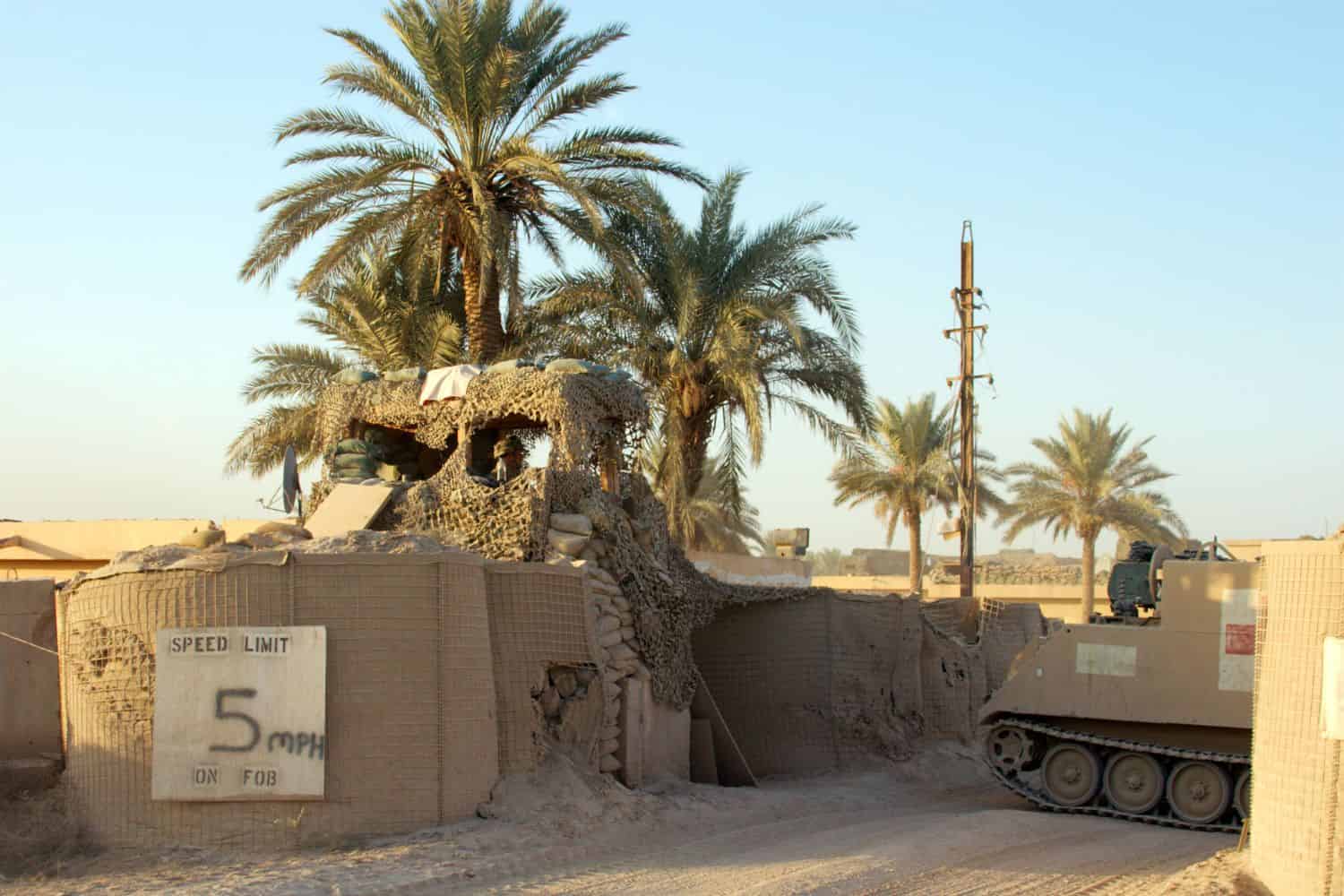
- Year of Foundation: Unknown
- Approximate Population: 0.9 million
- Region: Anbar Province
Historical Significance:
- Ramadi is the capital of Iraq’s Anbar Province, situated along the Euphrates River and known for its strategic importance throughout history.
- The city has faced significant challenges due to conflict and insurgency but has a resilient spirit and a rich cultural heritage.
Must-Visit Attractions:
- Explore the historic Al-Anbari Mosque, a symbol of religious tolerance and coexistence in the region.
- Visit the Al-Hadra Al-Muhammadiyya Mosque, known for its beautiful architecture and tranquil atmosphere.
Interesting Fact:
- Despite its tumultuous past, Ramadi is undergoing a process of reconstruction and revitalization, with efforts to restore its historic landmarks and promote economic development.
Explore Iraq
Navigate and explore Iraq on other pages of our website that showcase various interesting aspects of this incredible country.
[the-post-grid id=”50373″ title=”Iraq Main page”]
